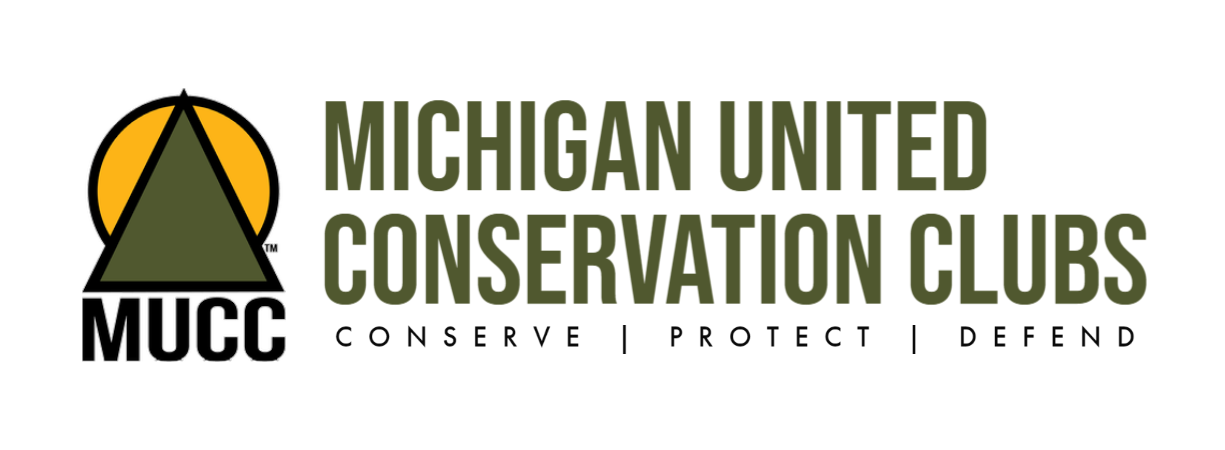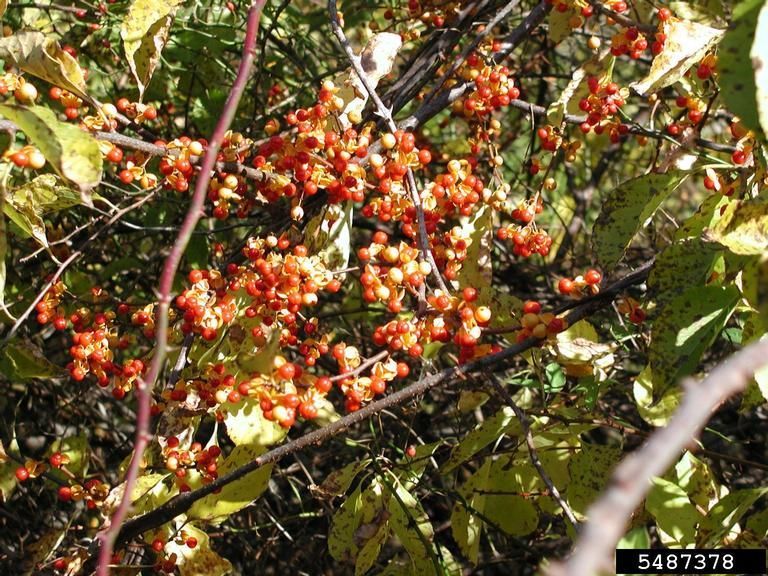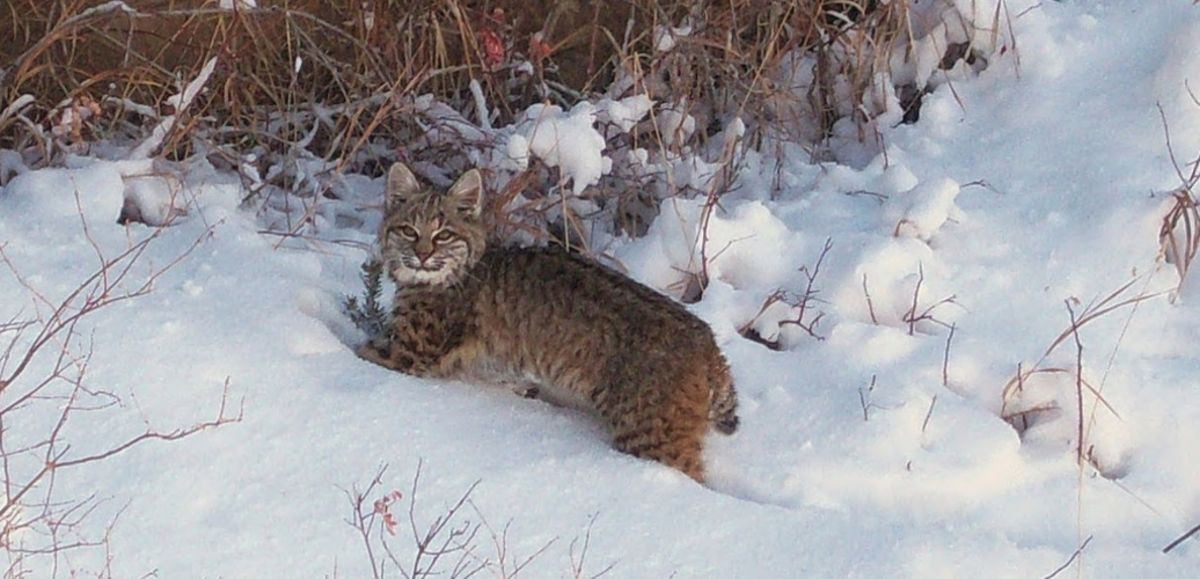Chainsaw Safety
This wonderful warm weather marks the time for yard work. For some, this is the time to break out their chainsaw. A chainsaw is a useful tool that makes easy work clearing debris/brush and felling snags. However, don’t be deceived, this tool can cause great bodily harm if used irresponsibly. Luckily there are many online and in-person resources that can sharpen your chainsaw skills.
As an AmeriCorps Member, I was lucky enough to attend a chainsaw safety training. I am no expert, but I thought it would be helpful to share some information I learned during the training.
Properly maintaining your Chainsaw:
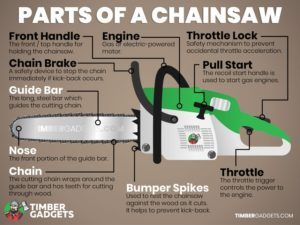
Along with making sure you have enough oil and gas, maintaining the quality of your chainsaw makes it safer to operate. A clean chainsaw will run properly and won’t get clogged with debris. Debris left under the cover plate and the chainsaw bar can lead to problems in the future, such as your chain being thrown. A sharp and correctly tightened chain reduces the occurrence of accidents. Getting to know your chainsaw will allow you to notice any problems along the way.
Safety Equipment:
 Accidents happen, and not being prepared can make the injury drastically worse. Wearing the proper PPE can reduce injury. Kevlar pants, ear protection, eye protection, leather gloves, leather boots, long sleeves and a chainsaw safety helmet with a face shield are the needed protective equipment. A first aid kit and having someone with you in case of a medical emergency are also highly recommended.
Accidents happen, and not being prepared can make the injury drastically worse. Wearing the proper PPE can reduce injury. Kevlar pants, ear protection, eye protection, leather gloves, leather boots, long sleeves and a chainsaw safety helmet with a face shield are the needed protective equipment. A first aid kit and having someone with you in case of a medical emergency are also highly recommended.
Besides equipment, knowing your terrain and the possible hazards will reduce injury. The operating area should be scanned for hazards. These may include slopes, holes, rotten trees, “widow makers”, trees under tension, wood piles, etc. Keep proper footing and have a clear escape route to avoid injury. Always have a partner with you. They will be able to remove debris, warn others of chainsaw activity and supply help when needed.
Operating your Chainsaw:
There are different positions you can take when starting a chainsaw. One of the safest positions is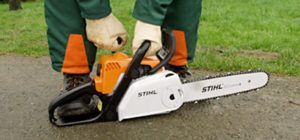 starting the chainsaw on the ground. Stepping on the lower handle while putting your body weight on the upper handle, keeps the saw stationary. When doing this, make sure to have the blade rested on a piece of wood or the chainsaw blade cover. Never dropstart your chainsaw. This technique is known for causing injury to the lower body. When operating the saw, make sure not to stand in the direct path of the blade. Tilt your body to the side in case the blade kicks back. This will avoid injury to your face and upper body.
starting the chainsaw on the ground. Stepping on the lower handle while putting your body weight on the upper handle, keeps the saw stationary. When doing this, make sure to have the blade rested on a piece of wood or the chainsaw blade cover. Never dropstart your chainsaw. This technique is known for causing injury to the lower body. When operating the saw, make sure not to stand in the direct path of the blade. Tilt your body to the side in case the blade kicks back. This will avoid injury to your face and upper body.
When bucking a felled tree, start from top to bottom. Investigate the tree for tension and compression points. This will dictate the way you cut. If you are comfortable enough to fell a tree, start by understanding your surroundings and make a plan on which direction to let the tree fall. People should be twice the height of the tree distance away .
It is important to only cut within your comfort level. This blog is only as a reminder of some safety protocols. For more information on chainsaw safety, click HERE .
The post Chainsaw Safety appeared first on Michigan United Conservation Clubs.
